Paul Valencia
Advisor: Mercedes Garcia-Holguera

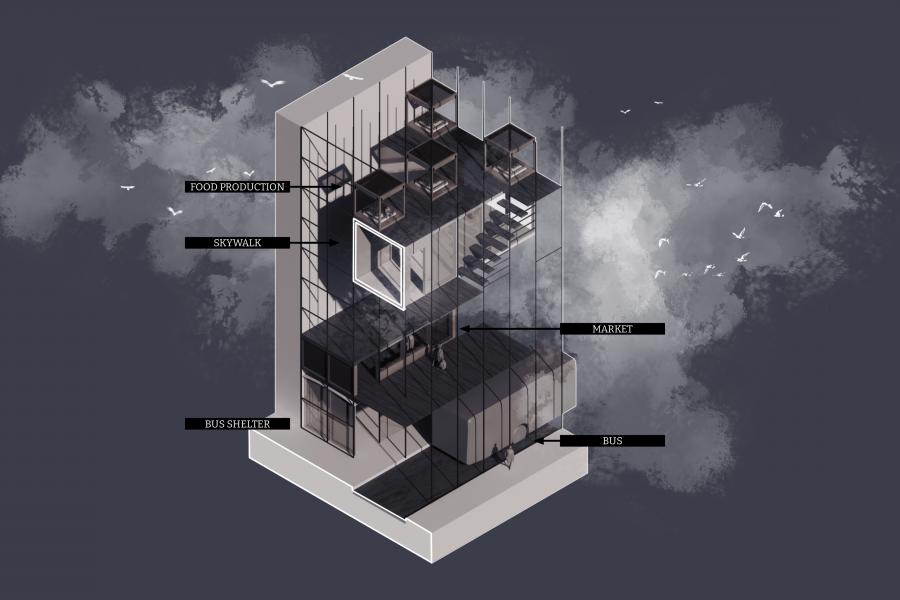
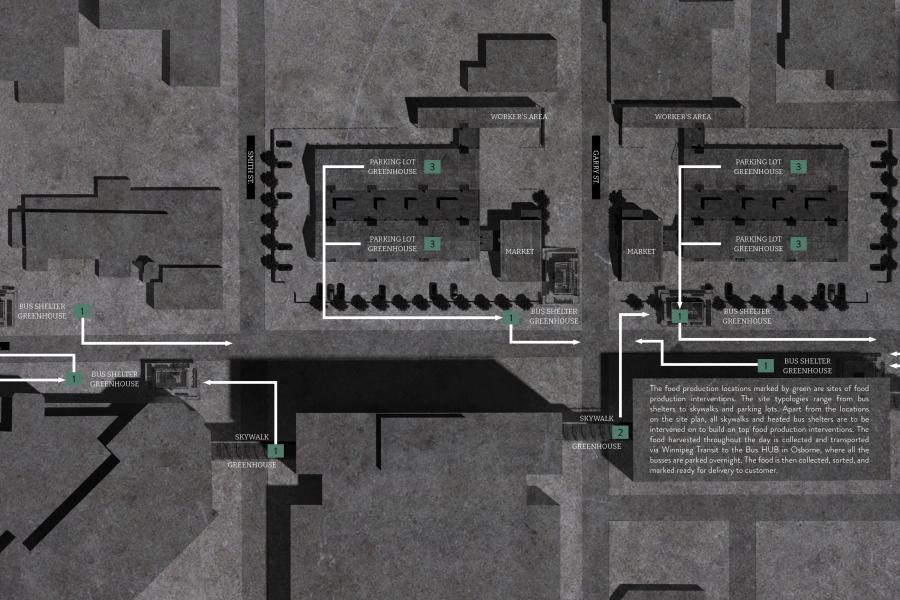
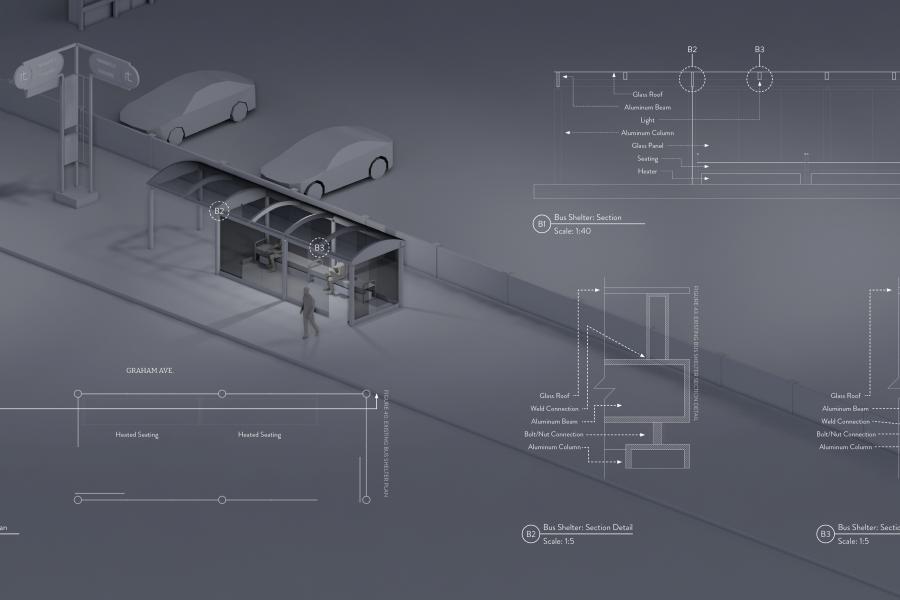
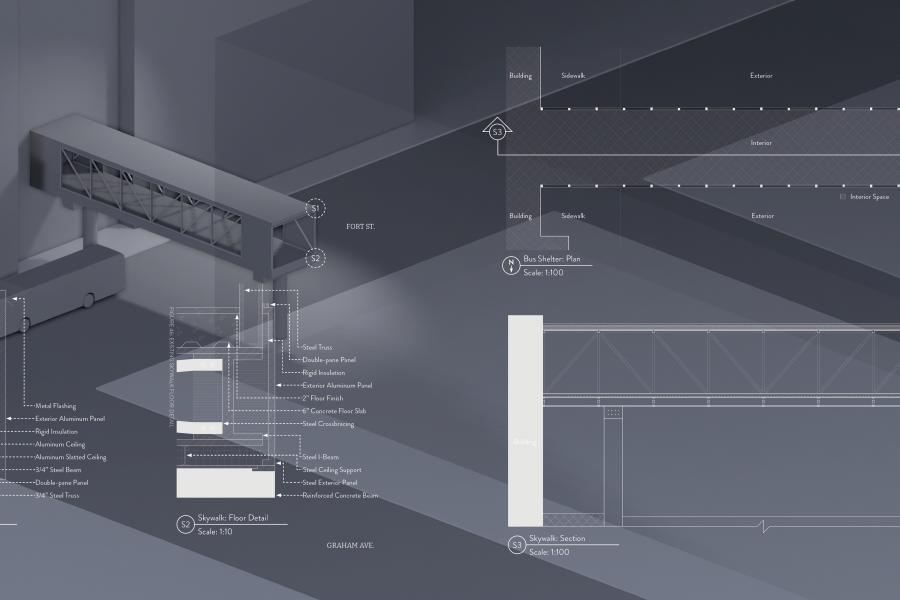
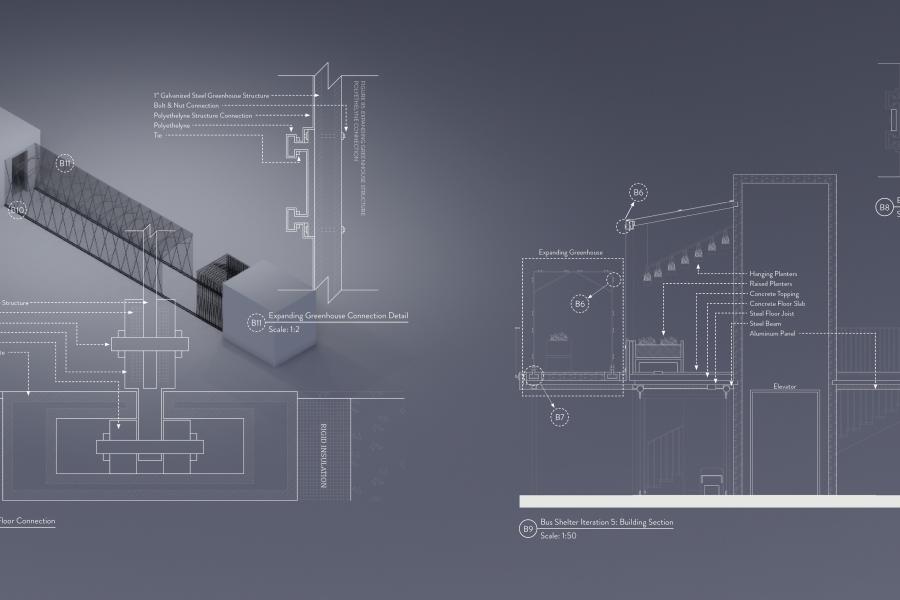
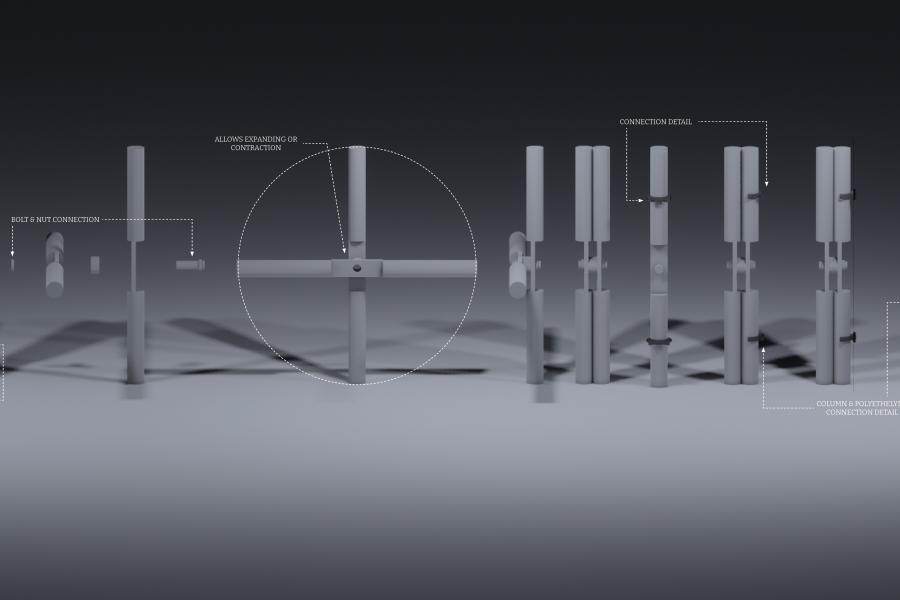
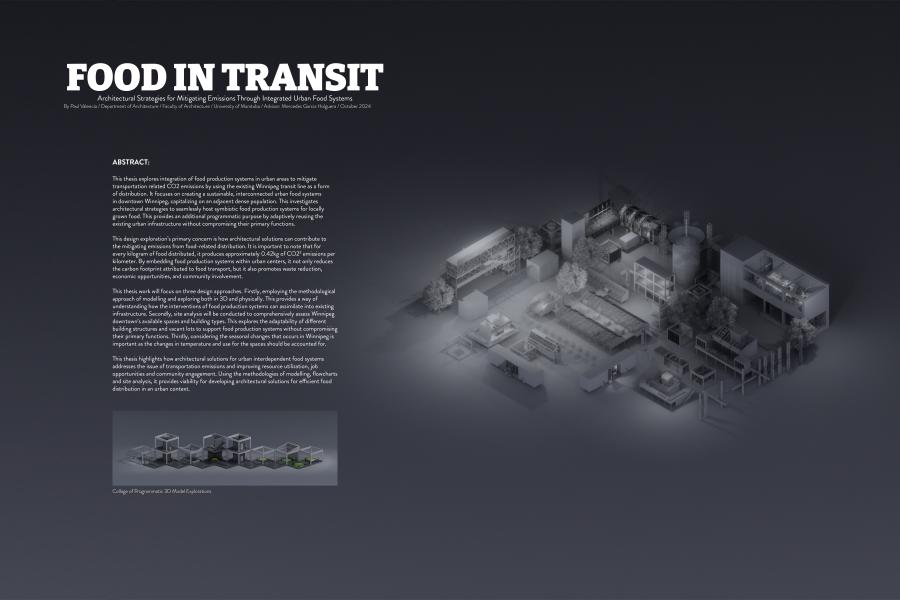
Food In Transit: Architectural Strategies for Mitigating Emissions through Integrated Urban Food Systems
This thesis explores integration of food production systems in urban areas to mitigate transportation related CO2 emissions by using the existing Winnipeg transit line as a form of distribution. It focuses on creating a sustainable, interconnected urban food systems in downtown Winnipeg, capitalizing on an adjacent dense population. This investigates architectural strategies to seamlessly host symbiotic food production systems for locally grown food. This provides an additional programmatic purpose by adaptively reusing the existing urban infrastructure without compromising their primary functions.
This design exploration’s primary concern is how architectural solutions can contribute to mitigating emissions from food-related distribution. It is important to note that for every kilogram of food distributed, it produces approximately 0.42kg of CO22 emissions per kilometer. By embedding food production systems within urban centers, it not only reduces the carbon footprint attributed to food transport, but it also promotes waste reduction, economic opportunities, and community involvement.
This thesis work will focus on three design approaches. Firstly, employing the methodological approach of modelling and exploring both in 3D and physically. This provides a way of understanding how the interventions of food production systems can assimilate into existing infrastructure. Secondly, site analysis will be conducted to comprehensively assess Winnipeg downtown’s available spaces and building types.This explores the adaptability of different building structures and vacant lots to support food production systems without compromising their primary functions. Thirdly, considering the seasonal changes that occur in Winnipeg is important as the changes in temperature and use for the spaces should be accounted for.
This thesis highlights how architectural solutions for urban interdependent food systems address the issue of transportation emissions and improving resource utilization, job opportunities and community engagement. Using the methodologies of modelling, flowcharts and site analysis, it provides viability for developing architectural solutions for efficient food distribution in an urban context.
